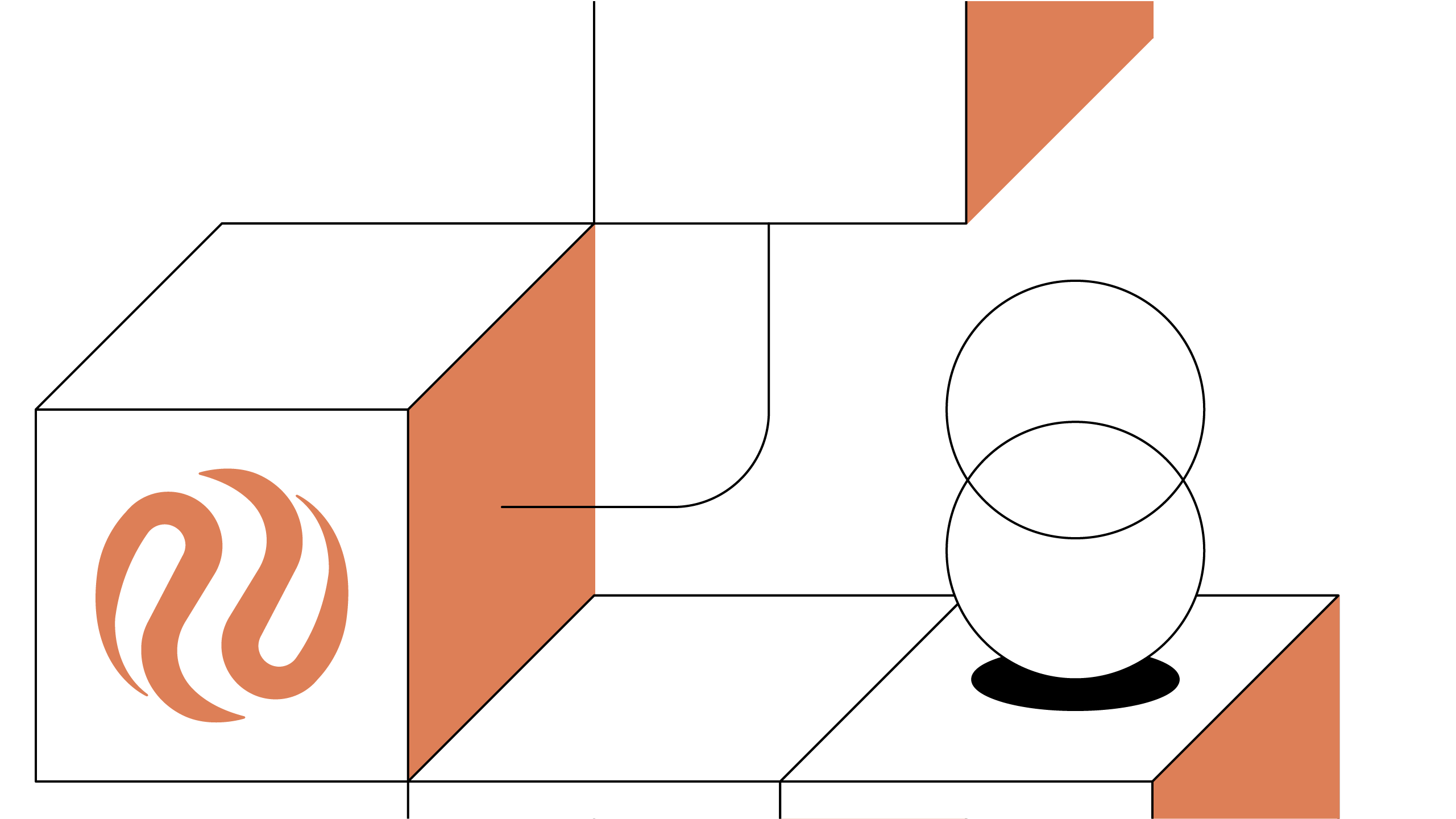Contents
Ignite (Tendermint) and The Cosmos Network
The Ignite protocol — along with its suite of infrastructural products — is allowing developers to build dApps and blockchains on the Cosmos Hub Network.
Updated November 16, 2023 • 4 min read

Summary
Formerly known as Tendermint, the Ignite consensus framework is a proprietary Byzantine-Fault-Tolerant (BFT) Proof-of-Stake (PoS) infrastructure that allows the Cosmos Hub and its underlying blockchain “network of networks” to function. The Ignite crypto protocol facilitates the operational efficiency of several leading independent blockchains that make up the Cosmos ecosystem. Ignite helps realize several of the Cosmos’ most important components. These include the interoperability focused Inter-Blockchain Communication (IBC) protocol and the Cosmos Software Development Kit (SDK).
What Is Ignite Consensus? Why Does it Matter?
Known as Tendermint until a 2022 rebrand, the Ignite consensus mechanism is a key element of the larger network design of Cosmos Hub. It’s helpful to possess a basic understanding of the Cosmos Network to more easily comprehend the role of Ignite in the network’s infrastructure. First and foremost, Ignite is a Byzantine-Fault-Tolerant (BFT) Proof-of-Stake (PoS) consensus mechanism that was created to support the Cosmos Hub blockchain. Ignite Core is the consensus framework employed by all blockchains built on Cosmos.
Ignite Core has a secondary purpose as a middleware solution designed to copy numerous components of the Cosmos Hub to create other sovereign Cosmos blockchains with the Cosmos Software Development Kit (SDK). The Cosmos Hub is a Layer-0 blockchain that operates as a control center for all chains that make up the Cosmos Network in a similar manner to the Polkadot Relay Chain. This infrastructure is intended to solve a number of key problems found throughout the blockchain ecosystem, such as limited scalability, poor security, insufficient network interoperability, and overly centralized architecture.
While somewhat more complex than standard consensus mechanisms, the relationship between the Ignite consensus algorithm and the wider Cosmos Hub has influenced the architecture of a number of blockchain networks. Modified versions of the Ignite crypto protocol are employed by some of the leading blockchain platforms, including Crypto.com, Terra, Oasis Network, and BNB Chain.
Inner-Workings of the Ignite Consensus Protocol
The Ignite BFT consensus mechanism is characterized by its focus on enhancing security, scalability, and reliability. The Ignite consensus protocol has been battle-tested since it was founded in 2014. As of H1 2022, Ignite has not suffered any security breaches since its inception. Notably, Ignite leverages robust BFT security, fast block finality, and remarkable developer flexibility that allows engineers to build blockchains with nearly any programming language.
Ignite achieves network consensus through a time-based process. The Ignite protocol leverages a number of rounds to propagate blocks through the use of proposal messages sent to network validators via network actors (known as round leaders or proposers). For a block to be propagated, it must be voted up by multiple block proposers and signed by the corresponding validator’s private key. Validators communicate on Ignite via a peer-to-peer (P2P) gossiping protocol, and a two-thirds majority of validators must accept blocks in order for them to be considered valid.
Depending on the number of validators active in the network at any given point, Ignite processes between 4,000 and 16,000 transactions per second (TPS), and blocks are amended in 1–2 seconds. The Ignite crypto protocol connects to Cosmos applications and blockchains using the Application Blockchain Interface (ABCI), which is integrated with additional components such as the Inter-Blockchain Communication (IBC) protocol and the Cosmos SDK.
In addition to validator nodes, Ignite consensus leverages the use of three main node types:
Full nodes: Full nodes are designed to help the network come to consensus via validators and store the state history of a blockchain. Though full nodes help the network operate, they are not responsible for network security. Full nodes also store the application state and all previous data history.
Sentry nodes: Sentry nodes are nearly identical to full nodes, with the main caveat that they are connected to one or more private peers (ie., full nodes or network validators). Sentry nodes are meant to provide robust security to validators, similarly to how a firewall works between a computer and the internet.
Seed nodes: Seed nodes are used to provide a list of peers (other nodes) that additional nodes within the network can connect to via seeding.
Finally, because Ignite consensus utilizes a PoS framework, blockchains that operate within the Cosmos Network require network validators to stake their crypto assets. This process helps maintain the security and integrity of the system. In exchange, validator operators receive incentivized staking rewards. Specifically, validators on the Cosmos Hub are required to stake ATOM crypto assets. Validators on other Ignite blockchains within the Cosmos Network leverage a similar process using their own chain-agnostic assets such as CRO (Cronos) or LUNA (Terra).
The Cosmos Network and Ignite Core
Ignite makes use of several node types and a time-based mechanism to achieve a highly secure, balanced consensus. All blockchains within the Cosmos Network are designed to operate using Ignite Core, the middleware layer that can be used to build blockchain mechanisms within the Cosmos Hub ecosystem. Additionally, Ignite Core provides several other components, including:
Inter-Blockchain Communication (IBC) protocol: The IBC protocol allows the Cosmos Network to realize cross-chain interoperability between independent blockchains. This protocol is compatible with all Cosmos-specific chains, and several other PoS systems that provide fast finality (Solana or Polkadot, for example). The IBC framework is designed to be versatile, composable, and layered with numerous interfaces and security parameters.
Cosmos SDK: The Cosmos SDK is a framework that allows developers to create Cosmos-specific blockchains on the Cosmos Network. The Cosmos SDK allows independent blockchains on Cosmos to customize their protocols for chain-agnostic governance, asset storage and transfer, staking and slashing mechanisms, and network interoperability. The Cosmos SDK provides much of what engineers need to create decentralized applications (dApps) and blockchains on the Cosmos Network.
Cosmos Ignite Ecosystem Expansion
By combining the Ignite consensus algorithm and Ignite Core with the various components and chains that make up the Cosmos Hub, the Cosmos Network leverages an infrastructure that many dApps and blockchain networks utilize for their own operations. Some criticize the centralization of the Cosmos Hub because it employs only around 150 validators. However, a variety of projects leverage the platform’s infrastructure and value its focus on security, reliability, and scalability.
Cryptopedia does not guarantee the reliability of the Site content and shall not be held liable for any errors, omissions, or inaccuracies. The opinions and views expressed in any Cryptopedia article are solely those of the author(s) and do not reflect the opinions of Gemini or its management. The information provided on the Site is for informational purposes only, and it does not constitute an endorsement of any of the products and services discussed or investment, financial, or trading advice. A qualified professional should be consulted prior to making financial decisions. Please visit our Cryptopedia Site Policy to learn more.

Is this article helpful?


